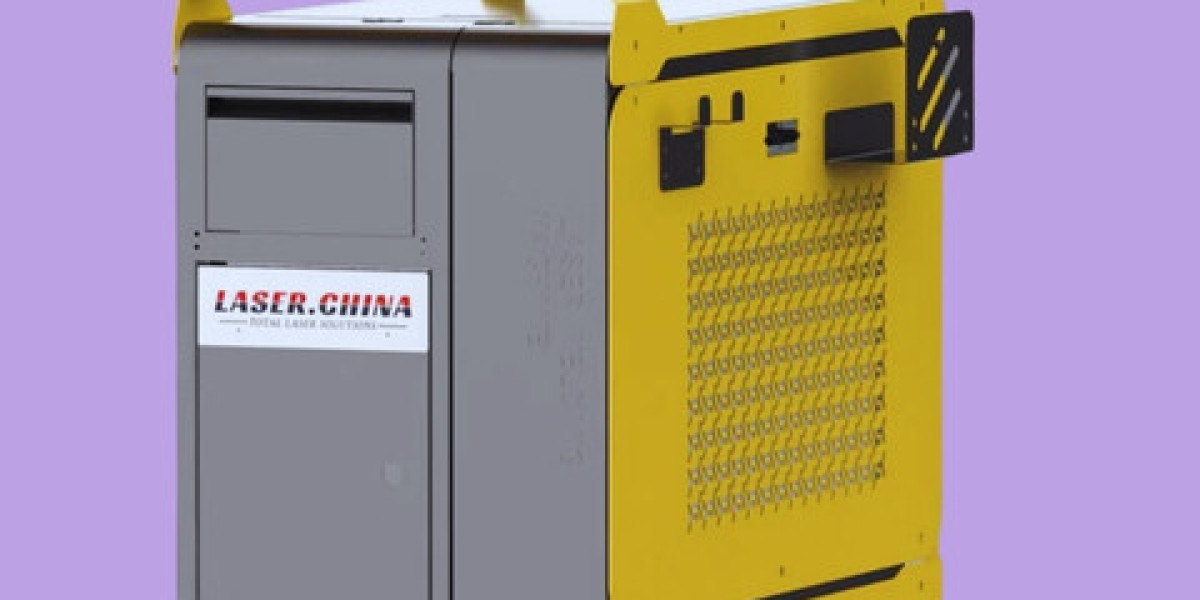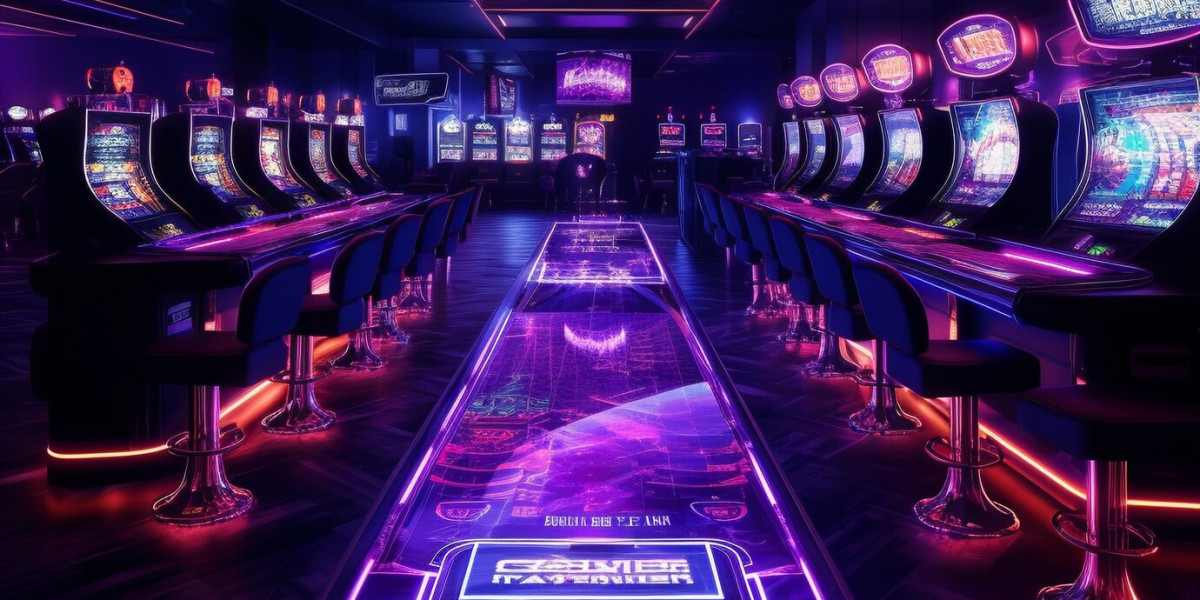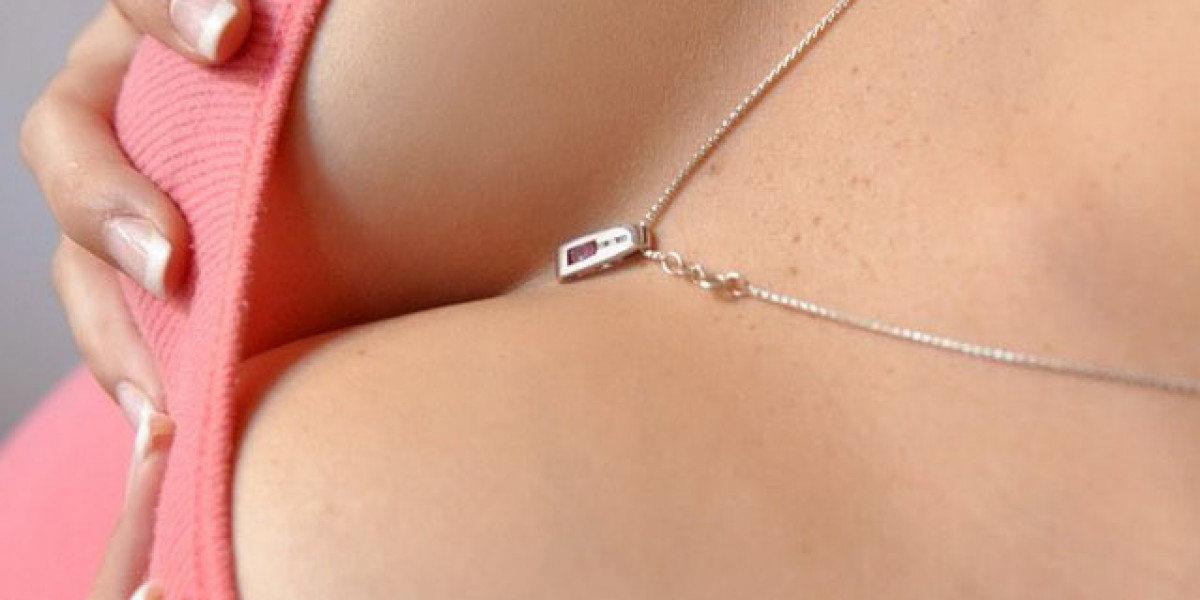A rust cleaning laser is a highly specialized tool that removes rust, oxides, paint, or other contaminants from metal surfaces using laser ablation. This is a process in which short pulses of laser light heat the rust layers so quickly that they evaporate or sublimate off the surface, leaving the base metal clean, unaffected, and unscathed. The beauty lies in its precision and control.
But let’s not get ahead of ourselves. To truly appreciate what makes the rust cleaning laser stand out, it's important to understand how it works and why it is rapidly replacing traditional cleaning methods in industries ranging from shipbuilding to aerospace.
How Does a Rust Cleaning Laser Work?
Laser rust cleaning doesn’t involve brushes, chemicals, or grinding wheels. Instead, it uses intense bursts of light to heat and remove oxidation layers. The light is delivered in a tightly focused beam at specific wavelengths. When this beam strikes rust — which has different physical and chemical properties than the base metal — it absorbs the energy more efficiently, breaking down and vaporizing in the process.
The underlying metal doesn’t absorb this energy in the same way. So while the rust is being destroyed, the clean surface beneath remains unharmed. This selective process is a game-changer, particularly for antique restoration, precision machinery maintenance, and delicate industrial tools.
The laser itself is mounted on either a handheld unit or robotic arm, depending on the use case. Operators can calibrate the settings like frequency, pulse duration, and intensity to suit different types of corrosion or material sensitivity. This adaptability allows for safe use on everything from steel girders to fragile copper components.
Real-World Applications of Rust Cleaning Lasers
Aerospace Industry
Aircraft components need immaculate maintenance to ensure flight safety. A rust cleaning laser is frequently used to clean landing gear, fuselage parts, and engine components without introducing stress to the materials.Automotive Restoration
For car restorers, traditional rust removal methods are time-consuming and risk damaging rare parts. Laser cleaning offers a contactless solution that strips corrosion with surgical precision — perfect for vintage collectors and professional garages.Shipyards and Marine Environments
Maritime equipment constantly faces salty, humid environments — perfect for rust formation. In shipyards, lasers are used to clean hulls, shafts, and railings without abrasive damage.Cultural Heritage Conservation
Many ancient artifacts and sculptures made of iron or bronze develop rust over time. With a rust cleaning laser, conservators can clean these items without compromising their historical value or structure.Manufacturing and Tooling
Machine parts, dies, and molds must stay free of rust for accurate production. Laser rust cleaning ensures these tools perform optimally without the need for chemical treatments.
Science Behind the Process
When laser light hits the rusty surface, the energy interacts primarily with the oxidized layer. The rapid heating caused by the laser pulse leads to an instantaneous rise in temperature, far above the boiling point of rust compounds. This sudden increase in temperature results in the sublimation or thermal decomposition of the rust layer. The debris is then blown away by compressed air or a vacuum system integrated into the laser cleaning head.
The underlying science relies on the differential absorption coefficients between the rust and the clean metal. Rust — mainly composed of iron oxides — absorbs the laser's energy efficiently, while most base metals reflect the laser light. This distinction makes the process selective, safe, and effective.
Additionally, the process can be adjusted for different surface conditions:
Low-intensity beams for sensitive surfaces like thin copper sheets.
High-intensity pulses for deep rust on structural steel.
This kind of control is what sets laser rust cleaning apart from sandblasting or chemical cleaning, where the entire surface is subjected to the same treatment regardless of material type or corrosion depth.
Environmental and Workplace Safety Considerations
Traditional rust removal involves toxic solvents, hazardous waste, and respirable particles from sanding or grinding. A rust cleaning laser changes the equation entirely.
First, there’s minimal residue. The removed rust typically becomes dust or vapor, which is immediately captured through filtration systems. There are no harmful chemicals leaching into the soil or waterways. Second, operators are not exposed to abrasive particles or chemical fumes, making the workplace significantly safer.
Moreover, the absence of contact means reduced noise levels, no flying debris, and no sparks that could ignite flammable materials — an important consideration in sensitive environments such as refineries or aircraft hangars.
It’s no surprise that industries governed by strict environmental and health standards are among the earliest adopters of laser-based rust removal.
Economic Value and Longevity
While the initial investment in a rust cleaning laser can be higher than traditional tools, the return on investment quickly becomes evident. There are fewer consumables involved — no sand, no wire brushes, no solvents. The maintenance costs are minimal compared to maintaining sandblasting cabinets or chemical baths.
Moreover, time savings are substantial. Laser cleaning is faster, reduces downtime, and can often be performed in place — no need to disassemble machinery or transport components to a different facility. It’s a portable and versatile solution that saves time, effort, and money.
Industries that work with heavy metals, railways, pipelines, or offshore rigs especially benefit, as they no longer need to replace rusted parts prematurely or endure costly service delays.
Automation and Future Prospects
The integration of rust cleaning laser systems with robotics and automation software is paving the way for unmanned cleaning stations. Imagine a robotic arm scanning and identifying rust patches on a metal structure and applying laser treatment autonomously. This is no longer science fiction; it’s already happening in advanced factories and defense facilities.
In sectors where labor shortages or dangerous working conditions make human operation risky, automated laser cleaning can ensure consistency and safety.
As the technology matures, we’re likely to see smaller, more affordable models suitable for workshops and garages. At the same time, larger industrial systems will become more powerful, energy-efficient, and intelligent — capable of detecting rust levels, adjusting beam parameters, and even mapping entire surfaces in 3D before cleaning.
Final Thoughts
The rust cleaning laser is not just a tool — it's a technological leap in how we treat and preserve metal surfaces. With its ability to deliver precision cleaning without contact, chemicals, or abrasion, it stands apart from traditional methods in both performance and philosophy.
For industries that rely on metal integrity — from aviation to marine engineering — the adoption of this method is not merely a convenience; it’s fast becoming a necessity. As we look toward a future where sustainability, safety, and efficiency take center stage, the rust cleaning laser is proving to be the ultimate ally in preserving the quality and longevity of our most vital materials.



